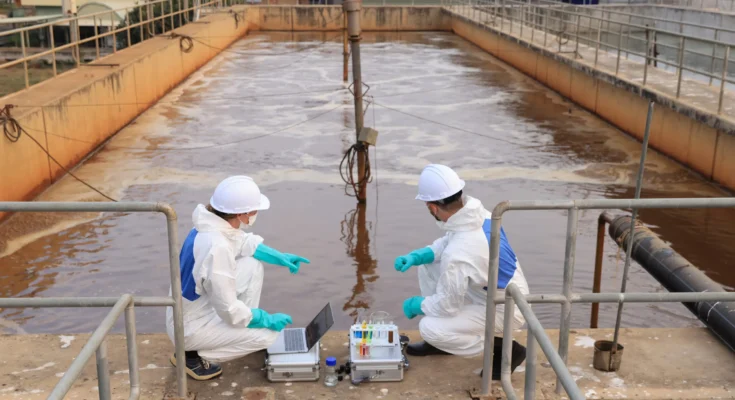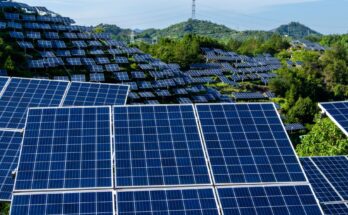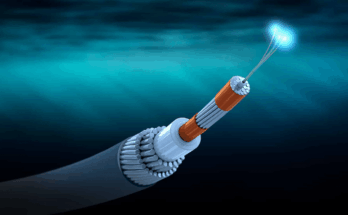Researchers from the Institute of Materials Science in Madrid (ICMM-CSIC) have designed a new system for decontaminating water based on smart nanoparticles, which offers a sustainable and low-cost alternative to conventional methods.
The technology, already patented at the European level, allows the recovery of nanoparticles used after their decontaminating action without the need for centrifugation or filtration, representing a significant advancement in efficiency and sustainability.
Floatable Nanotechnology for Water Decontamination
The development uses nano and microcrystalline particles of MOF structures (metal-organic frameworks), highly porous materials that adsorb organic contaminants present in water. Unlike usual methods, these particles interact with each other to form floating membranes, allowing them to be easily removed once they have completed their function.
In addition to their adsorptive capacity, the membranes can have a catalytic function, promoting the degradation of certain compounds such as industrial dyes.
Less Energy, More Sustainability
Conventional systems for recovering nanoparticles—centrifugation or ultrafiltration—require external sources of energy and generate secondary waste such as sludge, which increases costs and complicates their application. The proposal from ICMM-CSIC avoids these drawbacks:
- It does not require centrifuges or filtering membranes
- Reduces the energy consumption of the process
- Minimizes the formation of solid waste
- It is scalable and compatible with industrial applications
Applications and Testing
The technology already has an approved European priority patent and is available for demonstrations in the laboratory. Its potential applications range from industrial water treatment plants to portable environmental purification systems.
This advancement is part of a new generation of technologies focused on the reuse of functional materials, circular economy, and energy efficiency in key processes for sustainability.



